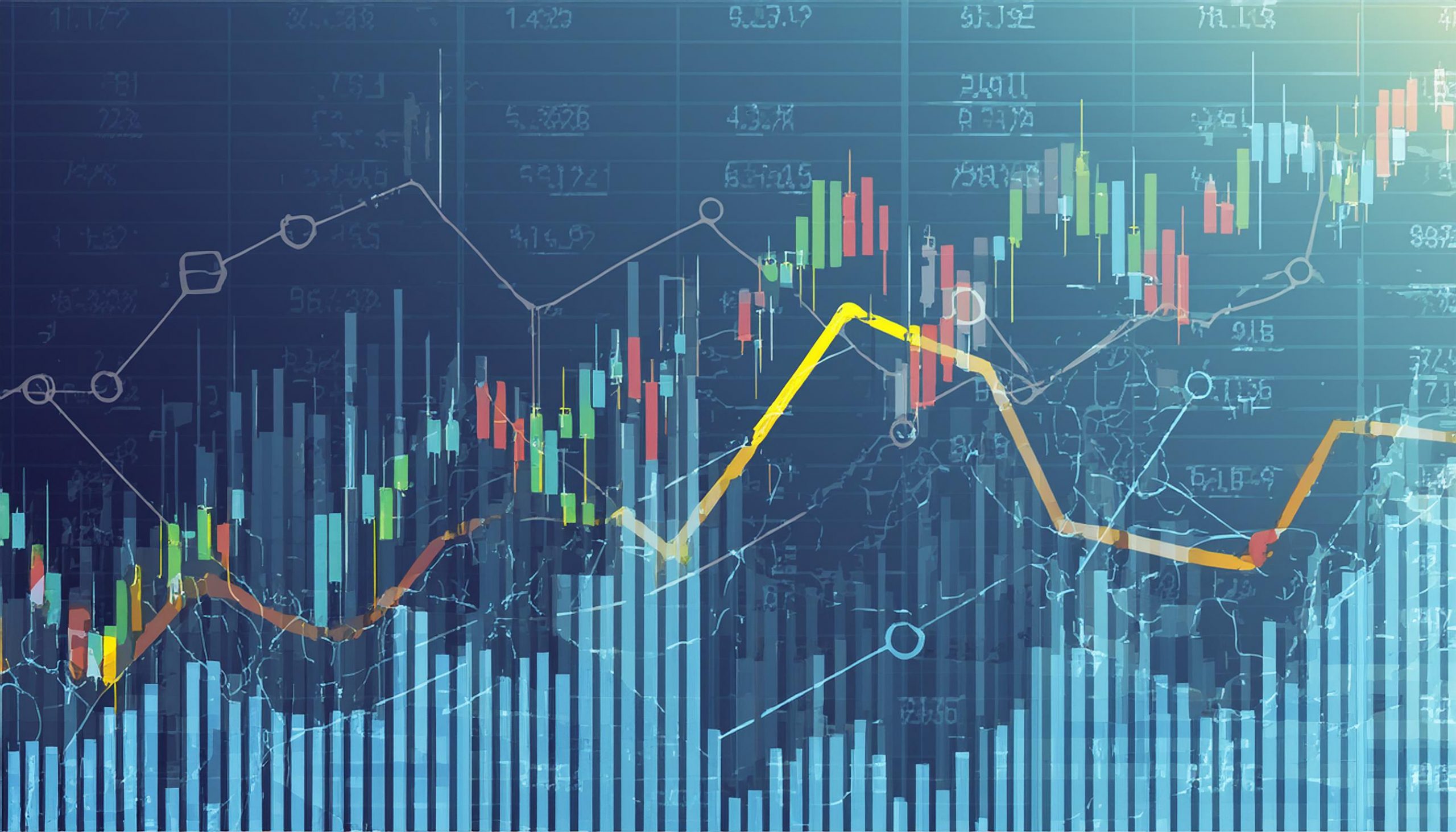If you are investing in the stock market, you might have listened to this phrase, “drawdown.” If not, you need to understand this crucial term.
Before defining what drawdown is? Let’s look at a scenario.
You are an active investor and invested around 10 lakhs in May 2024, and by October 2024, your portfolio reached a peak of 14 lakhs, which is 40% returns, and that’s a good amount of return. But you haven’t sold it.
But due to the market fall, slowly things started changing and markets became volatile, which resulted in the shrinking of your portfolio gains.
So, due to severe market correction, portfolio value dropped significantly, and as of February 2025, your portfolio is at 11.7 lakhs. This means you still have an unrealized gain of 1.7 lakhs, which is 17% returns.
But we need to understand something here: from a peak of 14 lakhs, it reached 11.7 lakhs. Which is almost a reduction of 2.3 lakhs.
And is this your loss? No, it is not a loss, as you haven’t sold, so then what is this? Drawdown.
A drawdown refers to the decline in the value of an investment from its peak to its lowest point before recovering. It is measured in terms of percentage, which shows how much the asset or portfolio has dropped before bouncing back.
But when and why do drawdowns happen?
Market-wide crashes are driven by some unforeseen economic or financial crises, which can trigger widespread panic, leading to sharp declines across various asset classes.
Some notable examples include
2008 Global Financial Crisis: One of the worst falls of markets was during the collapse of Lehman Brothers and the bursting of the housing bubble, which led to one of the worst financial crises in history. Stock markets globally plummeted, leading to the erosion of trillions of dollars of investor wealth.
2020 COVID Crash: The sudden outbreak of COVID-19 led to a global lockdown, shutting down economies. Markets have declined due to the uncertainty, and indices like the Nifty 50 and S&P 500 have fallen by over 30% in a matter of weeks.
2022 Tech Stock Rout: A rapid increase in interest to control inflation made high-growth tech stocks unattractive, leading to a sharp sell-off in companies that were overvalued during the low-interest era.
Do you know what the difference is between a crash and a correction? Is the current market fall a crash or a correction?
Not just this, sometimes a drawdown occurs at the company level due to internal issues or management decisions. Such drawdowns can be severe and, in some cases, irreversible.
What Happens During a Drawdown?
- Investor Panic & Emotional Selling
Many investors across the globe sell their holdings at a loss when there is uncertainty or fear of decline. Suddenly the “cut your losses” mindset comes up, which leads to market overreactions.
- Smart Money Steps In:
Experienced investors see these drawdowns as buying opportunities. And most people even follow this mantra of Warren Buffett: “Be fearful when others are greedy and greedy when others are fearful.”
- Recovery or Further Decline?
Some assets bounce back stronger (e.g., Nifty 50 after the COVID-19 crash). Others may never recover.
How Savart Handles Drawdowns
At Savart, we understand that drawdowns are part of the investment journey. What matters is how you navigate them. Here’s how our research-driven approach helps minimize risk and maximize recovery:
Data-Driven Investment Strategies
- We rely on APART, our proprietary system, which analyzes thousands of data points to make investment decisions.
- This allows us to identify strong, resilient companies that can withstand downturns.
Diversification & Risk Management:
We ensure that portfolios are well-diversified across industries and asset classes to reduce exposure to single-sector shocks. And Savart follows a long-term perspective. We usually don’t react to short-term volatility.
Our investment philosophy is buying quality businesses for the long haul.
Coming to our drawdown performance:
While no investment approach is immune to market fluctuations, our method has historically helped investors experience lower drawdowns compared to major indices.
“While major indices saw drawdowns of 10-15%, Savart’s approach kept it at just 7.2%, almost half the pain.
Our strategy is a mix of data-driven insights, diversification, and long-term vision to protect your money when the market turns red.
Which is much less than the benchmarks and indices.
So, when your drawdown is lesser, it means your portfolio is well-balanced and strong.
Understanding drawdowns is crucial, but how you respond to them defines your success as an investor. With the right strategy, data-driven insights, and a long-term vision, you can turn market downturns into opportunities. At Savart, we don’t just invest—we navigate, adapt, and thrive. Are you ready to invest smarter?
